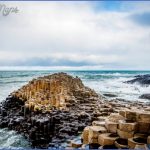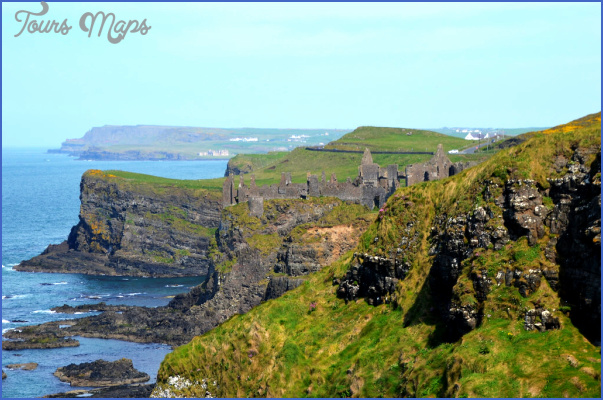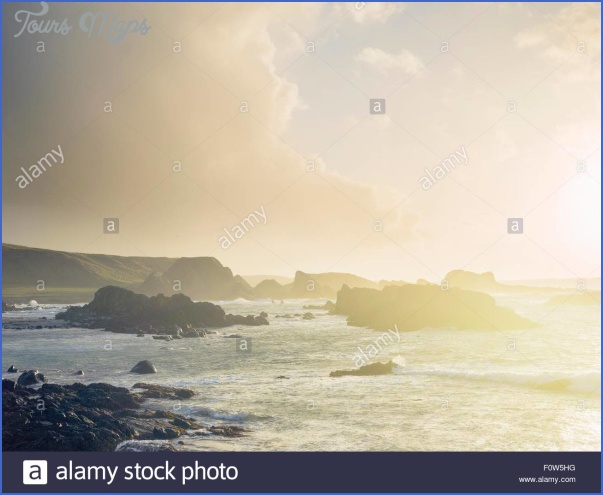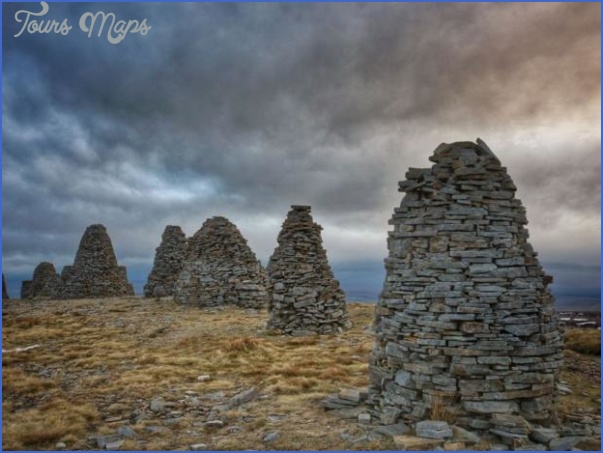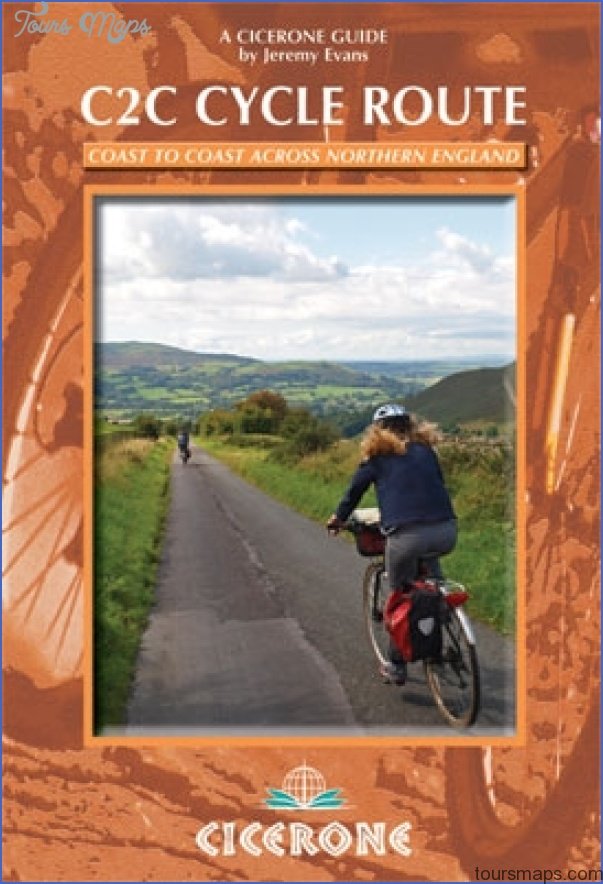EXPLORING HISTORY AND NATURE IN THE NORTHEAST
Everyone is in a hurry to get to the Outer Banks. They whiz along U.S. Highway 64, oblivious to the treasures that parallel their pathway to the north. And when the vacation is over, they are in an even bigger hurry to get back home. To borrow from Robert Frost, the goal with this route is to entice people to take the road less traveled, with the certain knowledge that it will make all the difference. Most people wouldn’t travel such a long, serpentine route from start to finish unless their ultimate destination lay at the end. So this route is perfect for the hordes of people who vacation on the northern beaches. But be forewarned. Once you experience the cultural and natural history of northeastern North Carolina and the relaxed lifestyle of its people, getting to the beach might drop a notch on the priority list.
While tobacco is no longer the most valuable commodity in the state, North Carolina still grows more of it than any state in the Union. The northeast region contains a large share of tobacco farms.
Parker’s Ferry evokes the early days before bridges spanned North Carolina’s rivers. Only three cable ferries remain operating in the state.
Start out on Business U.S. 1/158, north of Henderson. Head west on Warrenton Road. Drive 14 miles to Warrenton, then turn left onto Main Street. Go a quarter mile, then turn right onto U.S. 158A. Go half a mile, then turn right onto NC 58. Drive 4 miles, then bear left onto NC 43. Drive 11 miles, then turn left onto NC 561. Drive 23 miles, then turn left onto U.S. 301. Visit Halifax, then backtrack and head south 2 miles and turn left onto NC 125/903. Drive 14 miles, then turn left onto U.S. 258. Drive 13 miles, then bear right onto NC 561. Drive 12 miles, then turn left onto Menola St. John Road. Drive 1 mile, then turn right onto Flea Hill Road. Drive 3 miles, then turn right onto Benthall Bridge Road. Drive
6 miles, then turn right onto Business U.S. 158 in Murfreesboro. Drive 1 mile, then turn left onto U.S. 258. Drive 5 miles, then turn right onto Parker’s Ferry Road. Drive 8 miles, then turn left onto U.S. 158. Drive 1 mile, then turn left to remain on U.S. 158. Drive 4 miles, then turn right onto NC 137. Drive 8 miles, then turn right onto NC 37. Drive 3 miles, then turn left onto Millpond Road. Drive 4 miles, then turn right onto U.S. 158. Drive 20 miles, then turn left onto U.S. 17 north. Drive 1 mile, then turn right onto Business U.S. 17. Drive 1 mile, then turn right onto NC 343. Drive 12 miles, then turn right onto U.S. 158. Follow it 3 miles to Elizabeth City. (180 miles)
Nearly our entire course follows an official state scenic drive called Lafayette’s Tour Scenic Byway, so named because the French general visited several places along the route during his 1825 tour of the country. The first town on the route, Warrenton, is an idyllic pedestrian town, the perfect size to explore on foot. Pick up a walking tour map in one of the local shops. Outstanding among Warrenton’s attractions is its antebellum architecture, exceptional for a town this size.
The first of three state parks on this route is Medoc Mountain. At barely more than three hundred feet in elevation, mountain is a bit of a misnomer. In the 1830s, Sidney Weller established North Carolina’s first commercial winery here. Weller’s Vineyard eventually was renamed Medoc Vineyards, after the famous red-wine region of Bordeaux, France. After Weller’s death, the Garret family operated the winery. Paul Garret, whose father had purchased the winery in the 1860s, began his own winery in 1900. His Virginia Dare label, using scuppernong grapes from vineyards all over the region as well as from Medoc became the bestselling wine in the nation. After Prohibition began in 1909, Medoc’s vineyards gradually fell into decline. No trace of them remains today. Visitors to Medoc Mountain can enjoy hiking, canoeing, picnicking, and nature observation at one of the state’s least-crowded parks.
Corn, tobacco, cotton, and soybeans line the road from Medoc Mountain to Halifax. (For that matter, they line just about every road in northeastern North Carolina.) Chartered in 1757 and made the seat of Halifax County in 1758, Halifax is situated along a broad bend in the Roanoke River. Until the Revolution, the town grew rapidly as a center of commerce and politics. On April 12, 1776, delegates of the Fourth Provincial Congress took the first official action of any colony in declaring independence from Britain. The Halifax Resolves, as it became known, empowered North Carolina delegates in the Continental Congress to vote for independence with delegates from other colonies. On July 4 of that year, the North Carolina delegates William Hooper, John Penn, and
Joseph Hewes signed the Declaration of Independence in Philadelphia.
After the Revolution, Halifax’s prominence in the state gradually declined. Although still the county seat, only a few hundred people call it home. Halifax is a wonderful place to visit, however. Much of the town is part of the Historic Halifax State Historic Site, which includes several historic buildings. History buffs should plan to spend at least half a day to experience all the intriguing discoveries the town has to offer.
Scotland Neck, named for the Scot settlers of the early 1700s, is worthy of a little time touring back streets, as well as Main Street. The town’s biggest attraction is one you wouldn’t expect. How would you like to see an African pygmy goose? Or perhaps a Patagonian crested duck? Well, in Scotland Neck you can. The town is home to the Sylvan Heights Waterfowl Park and Eco-Center, a world-class breeding facility dedicated to the survival of waterfowl. More than 180 bird species breed here, including many of the world’s rarest species of waterfowl. The best thing for visitors is that many of the birds live in open aviaries, providing close-up, unobstructed viewing.
From Scotland Neck to Murfreesboro, you drive through a land of cotton, interspersed here and there with a little tobacco and other crops. During November, after the cotton harvest, white clumps that have fallen off the trucks litter the roadside. It looks like someone drove by in a big truck tossing confetti all over the place.
To experience Murfreesboro fully, you’ll need to get off Main Street. The Broad Street Historic District in particular has a fine collection of historic homes and other buildings, some open to the public. Just out of town, we’ll make the first crossing of Meherrin River on a high, modern bridge. The second crossing will be a little different and a lot more fun. Parker’s Ferry is one of three cable ferries still operating in North Carolina. Ferries have crossed this section of Meherrin River since long before the Civil War. The first one was called Jordan’s Ferry; its name changed to Parker’s Ferry around 1880. Cable ferries operate by pulling themselves along a steel cable stretched across the river. The crossing is loud, slow, and a little tense during storms. But it’s always a fun and nostalgic journey.
The small village of Gatesville is the seat of Gates County, among the smallest of North Carolina’s counties in both size and population. Size really doesn’t matter, though, especially if swamps are your thing. Just outside Gatesville is a jewel of the state parks system. Merchants Millpond is the quintessential southern swamp. Spanish moss hangs from trees that have huge swollen buttresses. Duckweed and water lilies cover the surface of the water. Turtles bask on stumps and logs. Nearly two hundred species of birds, from waterfowl to warblers, are recorded in the park. No other swamp, millpond, or blackwater river in North Carolina crams as much natural beauty into such a small area.
The cool thing is that Merchants Millpond State Park offers canoe rentals, so you don’t have to bring your own boat. It also features two canoe camping areas, which allows you to paddle the millpond at night for an unforgettable experience. Astronomy buffs refer to areas with little artificial light pollution as having black skies. The skies above Merchants Millpond are about as black as they come in this part of the country.
Part of the once-vast Great Dismal Swamp occupies the eastern end of Gates County. We’ll travel through a few miles of the swamp shortly after leaving the community of Sunbury. To see more of it, make a short detour from our route and drive north on U.S. Highway 17 from South Mills. The new Dismal Swamp State Park lies a few miles up the road, just shy of the Virginia border.
In South Mills, cross the historic drawbridge and head south to Camden, the seat of Camden County. Camden is even smaller than Gatesville, with little more than a courthouse and a few buildings, so don’t be surprised if you drive right by without realizing it. If you get to U.S. Highway 158, turn around and drive back less than a quarter mile to see the courthouse on the west side of the road. Built in 1847, it is among the oldest courthouses in North Carolina still functioning as such. The 1910 Camden County Jail sits beside the courthouse.
The quintessential southern swamp, Merchants Millpond makes a great place to paddle a canoe or kayak.
Watching the sunrise from the Elizabeth City waterfront is always a memorable experience.
Our route ends at Elizabeth City, less than five miles from Camden. This charming waterfront town owes its prosperity to its location on the Pasquotank River at the southern end of the Dismal Swamp Canal. The commercial district and waterfront are best explored on foot. Mariner’s Wharf, on the waterfront, is a wonderful spot to watch the sunrise.
From Elizabeth City, northern beachgoers need to backtrack to Camden and then head east on U.S. 158. Those heading to southern beaches can take U.S. 17 south out of Elizabeth City.
Northern Route to Coast Photo Gallery
Maybe You Like Them Too
- The Best Cities To Visit in The World
- World’s 10 Best Places To Visit
- Coolest Countries in the World to Visit
- Travel to Santorini, Greece
- Map of Barbados – Holiday in Barbados

